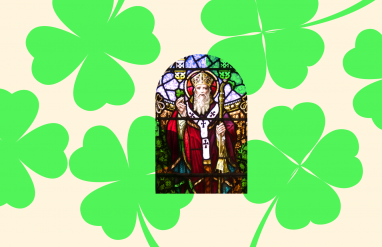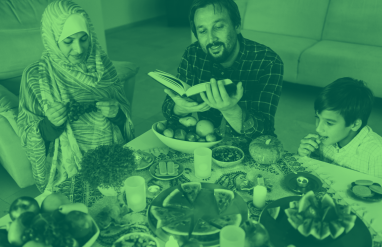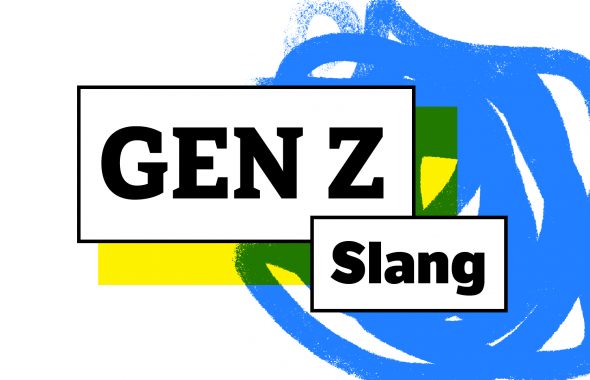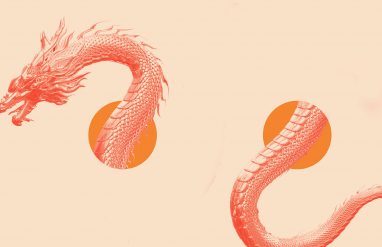Fittingly, everything about Halloween is a bit bizarre. Kids put on costumes and demand candy from strangers. People decorate their houses with spiderwebs and gravestones. Even the word itself sounds weird. Where does Halloween come from? And how did the celebration of all things spooky come to have a history that’s intertwined with an ancient Celtic festival and a Christian holiday in honor of saints?
Hold open your trick-or-treat bag (a pillowcase, if you’re doing it right) for some tricky word treats.
Why is it called Halloween?
The first records of the word Halloween come from around the 1550s. Halloween is sometimes spelled Hallowe’en, reflecting the fact that its name comes from a shortening of Allhallows Even. Allhallows is another name for the Christian holiday known as All Saints’ Day. In Allhallows Even, even means the same thing as eve—the evening or day before a holiday (as in Christmas Eve). The word hallow is used in reference to the saints—hallowed means “holy.”
What is that apostrophe doing in Hallowe’en? Learn about it here.
What is All Saints’ Day?
All Saints’ Day is a Christian holiday on November 1 in honor of all the saints. For Catholics, it’s often considered a holy day of obligation in which they are obligated to attend Mass (meaning that many Catholic school students know the day after Halloween as a day off from school). The day after, November 2, is All Souls’ Day—a Christian holiday of solemn prayer for all dead persons.
Like many Christian holidays, the observance of All Saints’ Day—and its date—are thought to have been influenced by preexisting religious traditions. Many historians believe that the observance of All Saints’ Day was situated on November 1 in Britain and Ireland to coincide with (or replace) the ancient Celtic festival of Samhain.
What is Samhain?
Samhain, pronounced [ sah-win ] is an ancient Celtic harvest festival in celebration of the beginning of winter and a new year.
It was celebrated by the ancient Celtic inhabitants of the British Isles on or around November 1, which the Celts considered the start of winter and the year. Some scholars believe the word Samhain means “summer’s end.”
Samhain is among the most important holidays in Pagan and Neopagan traditions, in which major festivals are held at the change of seasons.
Among the ancient Celts, it was a time of year when it was believed that the threshold of the spirit world was opened for spirits to pass through and haunt the living. People marked the occasion by lighting bonfires for protection and dressing as the spirits and creatures they believed could cross over that night. Sound familiar?
Today, the word Samhain is sometimes used as another word for Halloween.
Where does Halloween come from?
Many of the traditions associated with Halloween are thought to originate in Samhain, especially the notion of it as a time when creatures from the spirit realm roam the world of the living. Also the costumes.
Under Christianity, some of the traditions of Samhain were incorporated into All Saints’ Day—which was placed on November 1. Many of these customs were brought by immigrants to the US, where Halloween has been influenced by and has incorporated elements from several cultures to become what it is today. One cultural celebration with some notable parallels with Halloween is the Day of the Dead.
What is the Day of the Dead?
Day of the Dead is the English name for Día de los Muertos, a festival in celebration and honor of the souls of the dead. It takes place on November 1 and 2 and is primarily celebrated in Mexico (where it originated) and among people with Mexican heritage, as well as in some other Central and South American countries.
It is observed as a day to honor deceased family members and loved ones by welcoming back their spirits through various customs, including making dedicated altars, laying out special food offerings, and visiting their graves.
Though the focus of the festival can be somber, it is typically observed in festive and celebratory ways, including with parades in which the souls of the dead are said to take part.
Its ultimate origins are debated, but many of its traditions are thought to be based on Indigenous customs, including those of the Aztecs and Toltecs. The lighthearted tone of the festival is thought to derive from the fact that mourning practices in such cultures have traditionally been less somber due to beliefs that souls of the dead remain among the living. Some of the customs are often traced to influences from Christian European colonizers and missionaries, notably the placing of the festival to coincide with the Christian holidays of All Saints’ Day and All Souls’ Day.
Somewhat like the Day of the Dead, Halloween is often seen as a way to embrace the macabre—scary things or things related to death.














